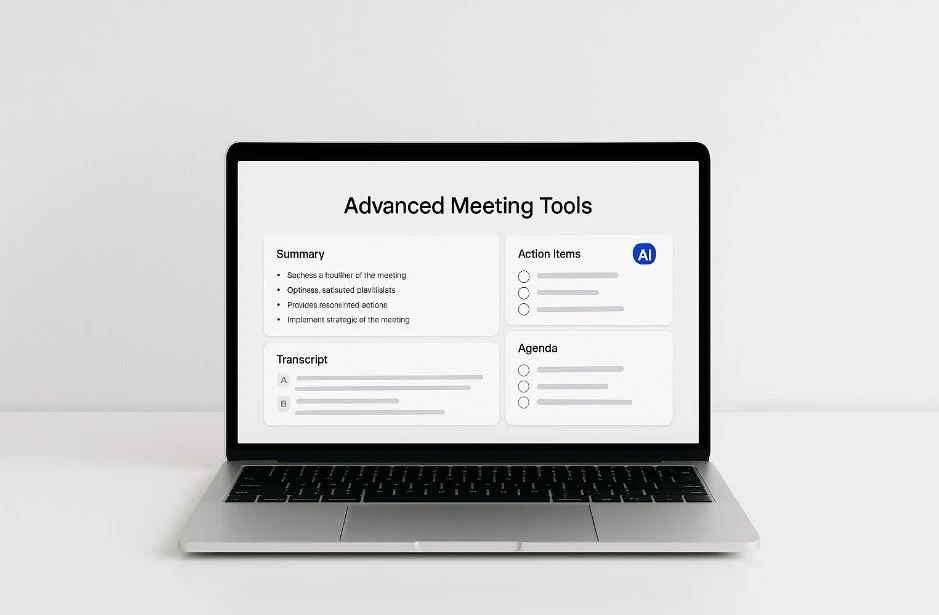Here’s something that’ll sound familiar: your business is growing, which should feel great. But instead, you’re drowning. More clients mean more appointments, more follow-ups, more administrative chaos. Your core team—the people who actually deliver your service—they’re spending half their time on tasks that don’t require their expertise.
There’s a solution that doesn’t involve hiring another full-time employee or working yourself into the ground. We’re talking about virtual assistant services for businesses with smart scheduling technology—a strategic approach when you’re ready to hire virtual assistants for business growth. Not the band-aid approach of throwing more people at the problem, but a strategic shift that 40 million businesses worldwide have already made. The virtual assistant industry grew by 35% in 2024 alone, and it’s projected to reach $44.25 billion by 2027—that growth isn’t happening because it’s trendy. It’s happening because it works.
What we’ll explore here might challenge how you think about scaling. We’ll look at the real numbers behind cost savings, examine actual businesses that transformed their operations, and show you how to provide round-the-clock service without burning out your team.
Why VAs Beat Traditional Hiring
Let’s start with something concrete: money. When you hire a virtual assistant instead of a traditional employee, you can save up to 78% in operating costs. That’s not a marketing claim—that’s math.
Think about what a new hire actually costs you. There’s the salary, sure, but then there’s health insurance, office space, equipment, training time, and all those hidden expenses that add up quickly. A virtual assistant? You’re paying for expertise and output, and with a virtual phone number, you can enable seamless communication without extra infrastructure costs.
But here’s where it gets interesting—and this is something most business owners don’t realize until they experience it. That cost savings doesn’t just improve your bottom line. It frees up capital you can reinvest in what actually grows your business. Improved tools, better marketing, improved customer experience. The money you’re not spending on overhead has turned into fuel for growth and expansion.
The other thing you’re getting through this new cost structure is flexibility, which hiring in a traditional way will never get you. When demand peaks, you can expand. When things recede, you can retract. No severance packages, no awkward conversations, no guilt about letting good people go because the numbers don’t work anymore. This flexibility makes remote assistant services particularly attractive for businesses experiencing seasonal fluctuations or unpredictable growth patterns.
Chaos to Clockwork
Numbers are one thing. Real businesses achieving measurable results? That’s what matters. Let’s look at what actually happens when service-based businesses make this transition.
A dental clinic in Melbourne decided to partner with virtual assistants for their administrative tasks—appointment scheduling, patient follow-ups, record-keeping. The results surprised even them. They increased their daily appointment management capacity by 15% while reducing overall costs by 20%. Patient satisfaction went up, not down, because the in-house team could focus entirely on patient care. And they maintained full compliance with regulatory requirements throughout the process.
A law firm was hemorrhaging billable hours to administrative work. Lawyers were spending time on document management and client communications instead of practicing law. After bringing in virtual legal assistants, they saw a 40% increase in billable hours. That’s not just efficiency—that’s transformational for profitability.
The real estate sector tells similar stories. One wholesaler went from sporadic deals to closing consistently every month after implementing VA support for lead generation and CRM management. A property management company started with one virtual assistant and scaled to five, dramatically improving response times and reducing vacancy periods.
What ties these success stories together isn’t luck or exceptional circumstances. It’s the integration of human virtual support with appointment scheduling software that creates compound benefits. The Melbourne clinic, for instance, saw a 30% reduction in scheduling conflicts when they combined VA oversight with real-time calendar synchronization. The software handled the mechanics; the virtual assistant handled the nuance.
The 24/7 Advantage
Here’s something traditional staffing simply can’t offer: your business can provide service around the clock without paying overtime or dealing with shift work complications. When you partner with a global virtual assistant company, their assistants working across different time zones create natural coverage that benefits both you and your clients.
However, it isn’t only about availability—it is about the quality of the service. By having your virtual assistant able to handle appointment confirmations, rescheduling, and follow-up communications across time zones in a seamless way, your clients will still feel like they have been serviced regardless of the times or when they need assistance. Emergency bookings get to be ensured, the canceled or changes get timely managed and your business does not lose any potential momentum or output while you are away.
The integration of technology can take this to the next level, with real-time calendar updates where conflict and double-bookings cannot happen, the automation and workflow can reduce human errors, and CRM integrations so clients can continue to be serviced in the same way—as not just having more hours, but with more reliability.
Building Scalable Systems
Getting a virtual assistant isn’t like hiring an employee. It’s more like building a system. The businesses that succeed with this approach understand they’re not just adding capacity—they’re creating scalable infrastructure through comprehensive business virtual assistant support.
Start with specific, measurable tasks. Don’t hand over your entire operation on day one. Begin with appointment management, customer communication, or data entry. Define success metrics. Establish communication protocols. The virtual assistants who deliver the best results often have industry-specific expertise, whether that’s healthcare regulations, legal procedures, or real estate processes.
The technology stack matters enormously here. Your scheduling software needs to integrate with your CRM system, which needs to connect with your communication tools. When these systems work together, managed by someone who understands your business, you get compound efficiency gains that feel almost magical.
– Quality control systems that maintain service standards during rapid growth
– Performance metrics that ensure consistency across all client interactions
– Communication protocols that preserve your brand voice and values
– Data security measures that protect sensitive client information
Building an outsourced virtual assistant team with these systems in place creates the foundation for sustainable growth.
As you expand virtual assistant responsibilities, you’re essentially building a remote operations center that can handle increased demand without the traditional constraints of physical space or local hiring markets. The businesses that master this approach often find they can handle two or three times their previous capacity without adding stress to their core team.
Actually, there’s something counterintuitive about this whole process. You might expect that adding virtual team members would make communication more complex or create more management overhead. The opposite tends to happen. Because virtual assistants are typically results-focused and system-dependent, they often force you to clarify and improve processes that were previously handled through informal communication or institutional knowledge.
The New Growth Equation
What we’re really talking about here isn’t just cost savings or operational efficiency. It’s a fundamental shift in how service-based businesses can scale without losing their identity or overwhelming their key people.
The combination of virtual assistance and smart scheduling technology creates what you might call sustainable growth. Instead of adding complexity and overhead with each new client, you’re building systems that handle increased demand more elegantly. Your core team stays focused on what they do best. Your clients get better service. Your costs grow more slowly than your revenue.
The businesses thriving in this environment understand that growth doesn’t have to mean chaos—especially when you hire a virtual assistant for your business with the right strategic approach. With the right approach, it can mean the opposite—more organization, better systems, and greater freedom to focus on what actually matters in your business.







